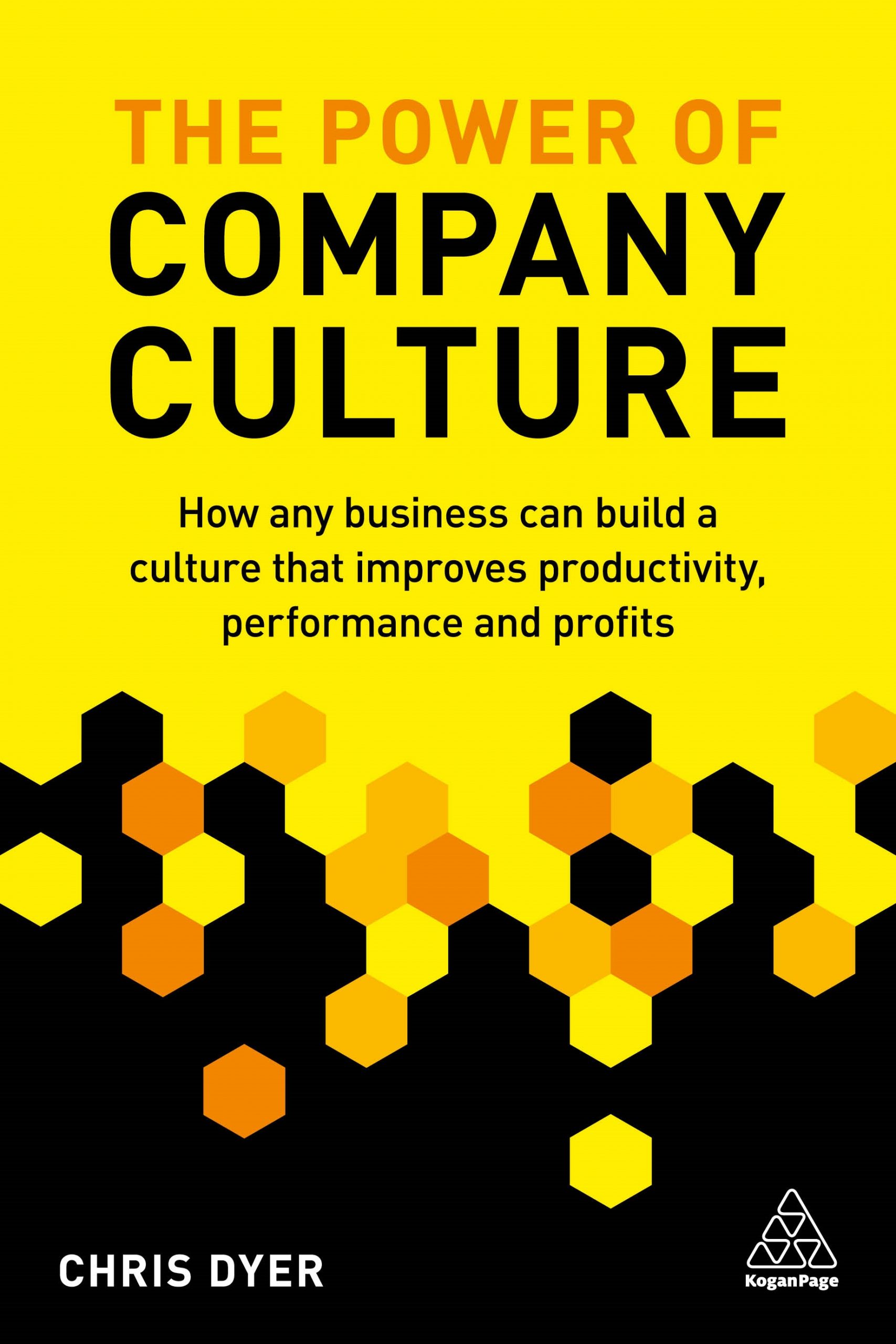My summary of the book:
Section 1: Where to start
Chapter 1: Foundations – how to spot the signs of good (and bad) cultures
Chapter 2: Evaluation – take a long, hard look at your company culture so you can see where you’re up to and what needs addressing. Have you got autonomy, mastery, and purpose, along with diversity of thinking? I was really pleased to see the recommendation to use CliftonStrengths/Gallup StrengthsFinder but – as a Gallup-certified Strengths Coach – I disagree with the advice to use it as recruitment tool as Gallup advise against this (as it is intended as a developmental tool).
Section 2: The seven pillars of culture success
Chapter 3: Transparency – be open and transparent and encourage the free exchange of the right information.
Chapter 4: Positivity – use positive approaches (such as appreciative inquiry and positive deviance) to solve problems and say yes to everything where possible. I liked the parts on positive approaches, but I believe the advice about saying yes has to be applied carefully as sometimes that is good advice and sometimes bad.
Chapter 5: Measurement – collect lots of data and focus on KPIs rather than just guesswork and intuition.
Chapter 6: Acknowledgement – be deliberate about ensuring that you acknowledge, recognise, and reward positive contribution.
Chapter 7: Uniqueness – Create a unique brand and a unique workplace culture and consider encouraging a unique and shared company vocabulary.
Chapter 8: Listening – Listen well by removing the common barriers and learning how to listen well and help others to do the same.
Chapter 9: Mistakes – Accept mistakes, not errors, and make sure that you learn from them and be authentic in acknowledging that people will make mistakes.
Section – 3: Culture in action
Chapter 10: Engaging the decision-makers – Identify the influencers and allies, gather data to build your case and make sure you don’t treat symptoms or fall for gimmicky fixes.
Chapter 11: Achievement – Engage champions, celebrate successes, address challenges, and scale your efforts across the organisation.
Who would I recommend this book to?
I’d consider this book for people with limited HR experience who want to understand how to influence company culture (subject to the caveats in my summary above). Personally, I wouldn’t recommend it for experienced HR professionals (but that might say more about my approach/tastes/preferences) so – in the style of Amazon’s book recommendations – if you like Daniel Pink and Simon Sinek then you might also like this.
Ian Pettigrew, Kingfisher Coaching – www.kingfishercoaching.com







